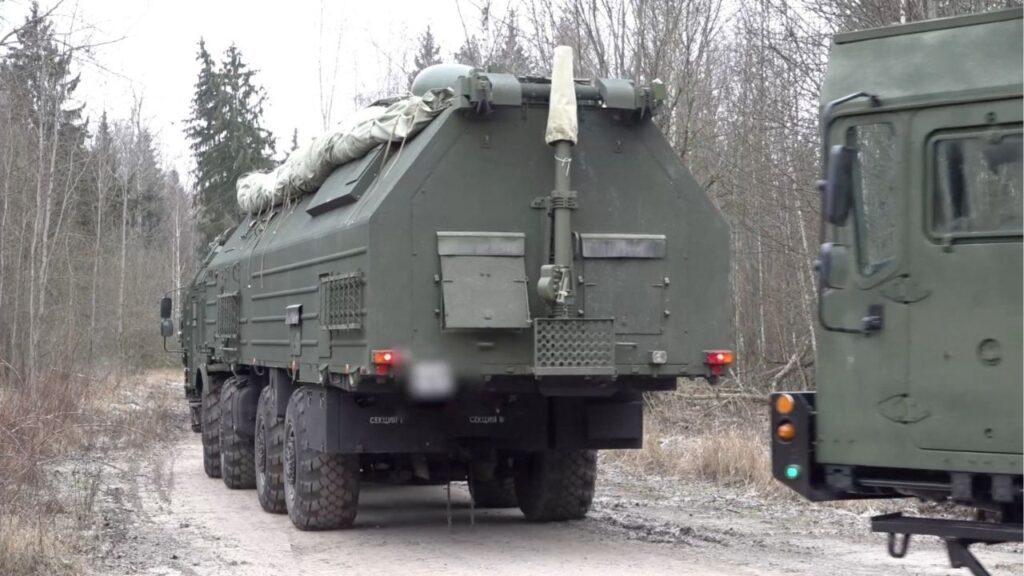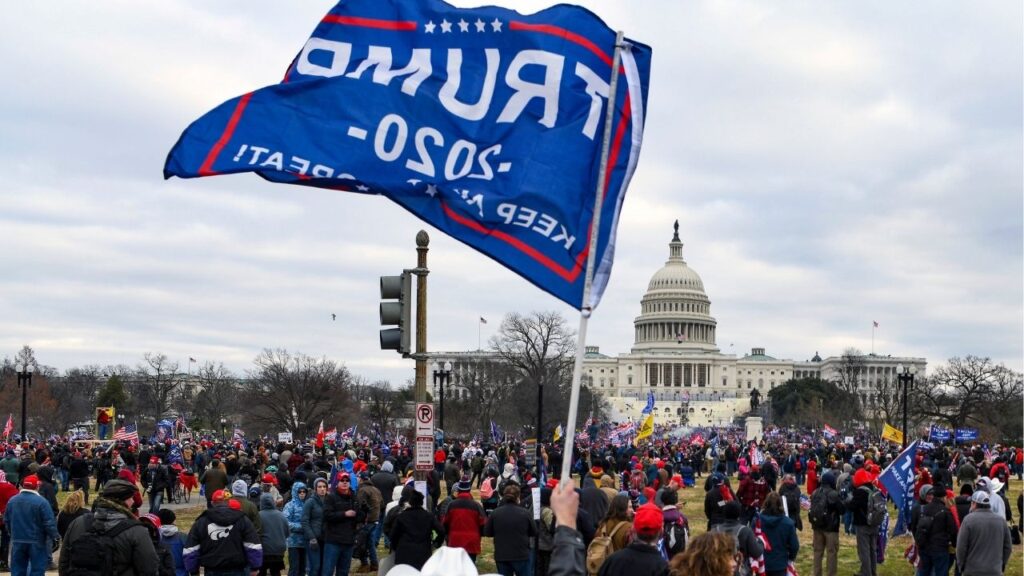Share
Future Central Valley highway projects — including the expansion of Highway 99 to six lanes — will be impeded if Caltrans follows a new controversial state law, a large regional planning agency says.
The San Joaquin Valley Regional Policy Council, which represents more than 60 cities, shared its concerns about Highway 99, Interstate 5, and other highways in a letter to the director of Caltrans. The council says that by 2050 the Central Valley will double in size, but it will be unable to “rise” as a region because of restrictive, costly measures in the Vehicle Miles Traveled law.
On July 1, projects will no longer be assessed a fee by how much traffic congestion is created.
Instead, VMT will be applied to new developments. For instance, if a person drives to multiple places a day — work, store, soccer practice, etc. — all of those miles are counted up. Then a VMT fee is calculated for the development. The goal, according to the bill’s supporters, is to reduce greenhouse gas emissions. VMT is the implementation plan for Senate Bill 743, which became law in 2013.
A growing group of bipartisan state lawmakers is urging Gov. Gavin Newsom to delay VMT implementation for two years. In addition, planning agencies representing more than half of California’s 40 million residents, are asking for one- or two-year delays.
San Joaquin Valley Regional Policy Council Letter to Caltrans
The San Joaquin Valley Regional Policy Council represents 62 cities on regional transportation and air quality issues. The council is concerned about Caltrans possibly applying its VMT standards on highways used by the agricultural community.
In a June 11 letter to Caltrans Director Toks Omishakin, the council stated that VMT shouldn’t be used for state highway system projects.
“We have made promises to our voters to work with Caltrans to help fund these regional projects through our state sales tax measures,” the council writes. “The interpretation and implementation of SB 743 will impede these construction efforts, and contradicts the commitments we have made to our residents for locally funded highway improvements.”
The council laid out options for Caltrans to consider instead:
- Encourage and provide incentives for teleworking. The COVID-19 pandemic has provided a crash course in demonstrating that technology can be a solution to alleviating traffic congestion, improving air quality, and quality of life, the council pointed out.
- Provide greater incentives for the purchase of electric vehicles, installation of charging stations along state highways, and the retrofitting of homes with proper charging outlets. This would provide for an immediate, cost-effective solution to improving air quality while enhancing mobility for residents, the council said.
- Continue making investments into passenger rail service. This includes augmenting funding for grade-separation projects to enhance safety from cross-traffic, ensuring the reliability of service, and reducing the idling of vehicles at rail intersections. Continued investments in cost-effective and frequent service will help ease congestion and improve air quality, the council said.
- Encourage innovation by transit systems to model service after transportation network companies through offering vanpool service, car sharing, and other alternatives rather than traditional bus routes.
- Ship more containers and goods via freight rail to reduce truck traffic on major arterials such as Highway 99 and Interstate 5. This would greatly enhance safety, slow down road degradation, and alleviate congestion.
- Provide greater incentives for businesses to locate or expand operations in the San Joaquin Valley. This would reduce greenhouse gases, VMT, and is a greater return on investment than building expensive high-density housing in already densely populated, high-cost metropolitan areas.
You can read the full letter here.
Building Industry Association of Fresno & Madera Counties
Mike Prandini, president and CEO of the BIA of Fresno and Madera Counties, says he’s read all the documents about VMT’s impact on the state highway system. He’s still not clear about VMT’s impact on highway projects.
“Along with a host of public officials in the Central Valley, I am concerned that the restrictions on capacity expanding projects may thwart our region’s effort to finish the widening of Highway 99 to six lanes,” Prandini said. “However, since the widening of Highway 99 has been considered a safety project, it may not be impacted. We just don’t know.”
Fresno COG and Fresno County Transportation Authority
The Fresno Council of Governments shares the same concern Prandini has about the vague nature of VMT’s impact on the state highways.
“Fresno COG has expressed its technical concerns with the SB 743 modeling process, along with most of the other RTPAs in the state,” said Fresno COG Director Tony Boren.
Fresno County Transportation Authority Executive Director Mike Leonardo has implementation responsibility for the projects Fresno COG plans on the state highway system.
Leonardo and Boren issued a joint statement to GV Wire:
“With regards to project delivery, full guidance from Caltrans on how pipeline projects will be subject to these new provisions remains uncertain at this point. It is possible our remaining Measure C projects might be determined to be exempt. However, there is serious concern with Fresno COG /FCTA as to what impacts SB 743 will have on the development of our upcoming MC III Expenditure Plan as we move forward with that regional planning process.”
Associated General Contractors of California
AGC of California is the state’s largest construction trade association providing advocacy and services for general contractors and construction-related firms.
In a statement to GV Wire, an AGC spokesperson said, “There will certainly be significant impacts that may very well take more money ‘off grade’ and increase the costs of our public infrastructure at a time when we cannot afford it.”
The spokesperson also said, “While the dialogue has been going on for several years regarding this transition from level of service to vehicle miles traveled, any further decisions and implementation should be postponed until we are fully out of the current crisis, have a very clear picture of the state’s revenues, and can figure out how to incorporate the new mandates into the current planning system.”
Watch: How VMT Is Calculated
San Joaquin Valley Regional Planning Agencies Letter to Caltrans (Text)
Caltrans VMT Guidance Document: Unclear Answer
Caltrans posted a document online titled, “Q&A Caltrans Guidance Documents for SB743 (VMT) Implementation.”
The seventh item attempts to answer the question: “I’ve been working on my project for the past year or so; will I have to analyze induced VMT on my project to comply with SB 743?”
The answer: “possibly.”
Caltrans writes, “Some environmental reviews that reached Caltrans’ Milestone 020 after December 2018 and before September 15, 2020, may be revised to include VMT analysis, as discussed in the Implementation Timeline Memorandum.”
Highway 99 Widening Projects
Public information officer Laurel Goddard of the California Transportation Commission confirms to GV wire by email that several projects in the Central Valley were approved for funding.
The commission approved funds for the design phase of several projects.
- Madera County Highway 99 widening: $3.06 million for fiscal year 2021-2022 and $6.4 million from the State Transportation Improvement Fund for fiscal year 2021-2022
- Tulare County Highway 99 widening: $2.070 million for fiscal year 2021-2022 and $4.3 million from the State Transportation Improvement Fund for fiscal year 2021-2022
Several sections of Highway 99 are scheduled for expansion. See the maps below.



Categories

Fresno County Firefighters Contain Reedley House Fire


















